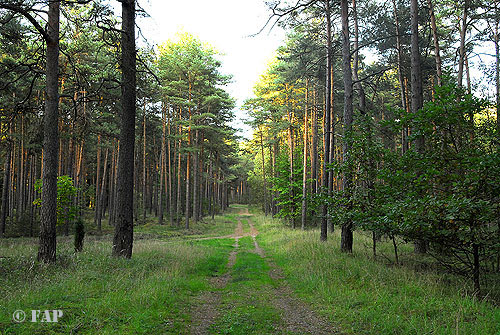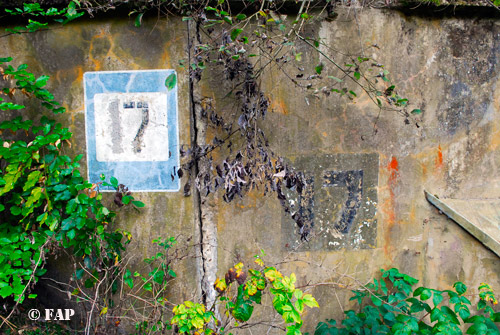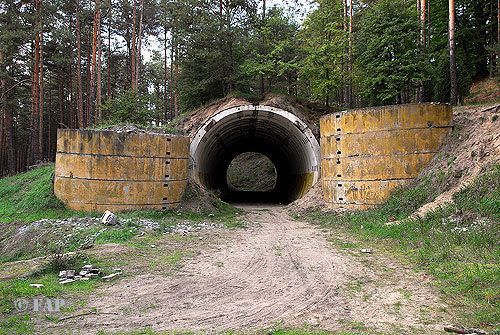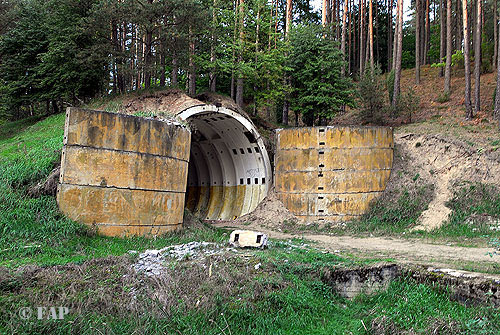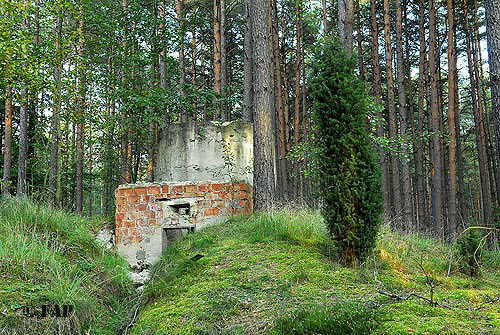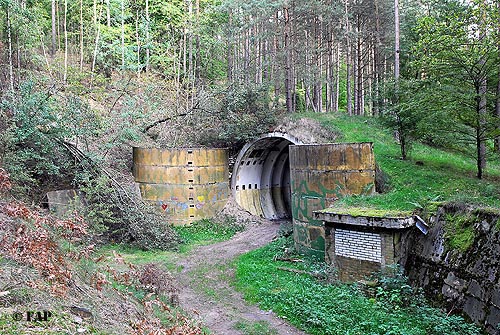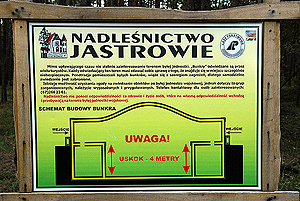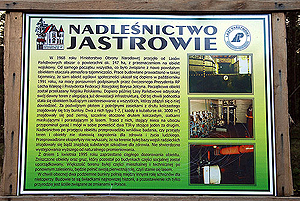|
|
|
|
|
|
|
|
|
 |
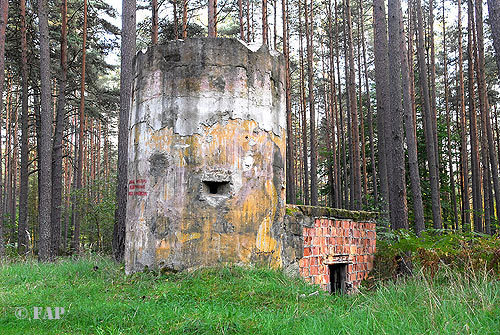 |
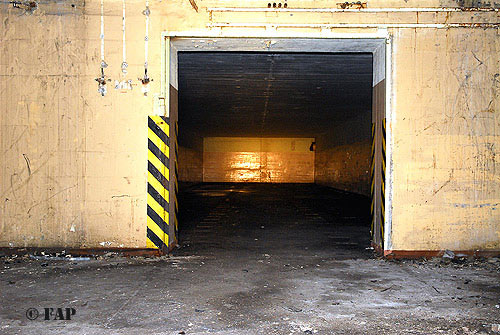 |
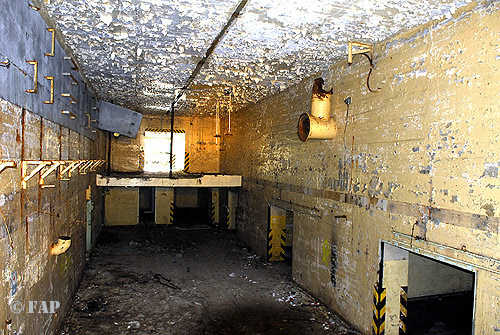 |
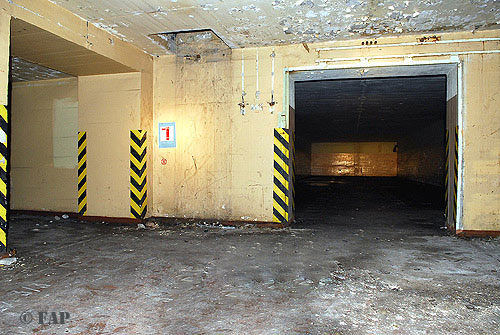 |
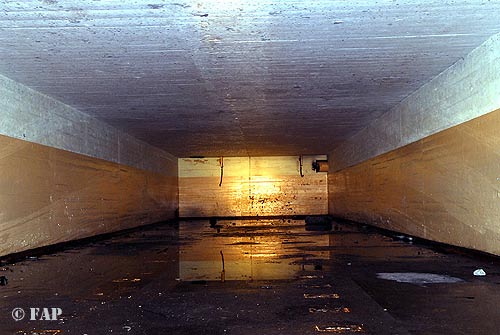 |
|
x |
|||||
|
Former Russian Nuclear Facilities in Poland "object specjalny 3002"
The complex contained 3 bunkers, 2 of them where nuclear storage bunkers (T-7) each 3000 m3 an other one that was on the side of the others and looks like a garage with 2 doors on each side. A drive through that could contain a fully loaded Maz truck, witch a Nuclear weapon on the vehicle. A so called “Granit”. And a large platform nearby. The nuclear stuff and storage of Russian nuclear warheads for Scud B, SS-20, SS21 and SS23 missiles, probable of the 15th Guards Division. The bunkers are big places, always 2 of a pair and one half turned of the other, the entrance is at the first floor what is on ground level. The first Room is (6 meters long by 7.wide) between the two very big doors each one 2 by 2 meter. Than you are entering the bunker at a balcony from 5 meter long in the two corners are staircases. The length of the bunker is 26 meters and width 6,90 meters, from the bottom till the loft is less than 10 meters.Down below on the right site are 3 very big rooms 6.90 meter .width and 21 meters long. In here they stored the warheads.Under the balcony are two rooms for the fuses. On the left side there is an entrance to go to the living part and technical rooms like the engine room. The total measure of the bunker are 40.50 wide and 35 meters long. It was very dark in the bunker therefore the measure can some deviate. The bunker contained the missile nuke warheads and not the rocket its self! The Northern Group had nuclear weapons deployed in at least three bases. Poland was home to 178 nuclear assets, growing to 250 in the late
eighties. The
Places in Poland are: 1
Brzezinca Kol near Nadarzyce
(Borne Sulinowo)
Brzeźnicy-Kolonii koło Jastrowia
"object specjalny 3002"
|
|||||
|
|
|
||||
|
In 1933 the new German authorities bought all of the area and started the construction of a large military base, a training ground and various testing grounds there. Most of the local inhabitants were resettled and their homes levelled to the ground. In place of the village of Linde, a small military garrison and a town was built. Paradoxically, it was given the name of the nearby village of Gross Born (which was also levelled), despite the fact that the actual namesake was located several kilometres to the south-east. All facilities were officially opened by Adolf Hitler on August 18, 1938. Soon afterwards the Artillery School of the Wehrmacht was moved there. Shortly before the outbreak of the Polish Defensive War of 1939, the training grounds housed Heinz Guderian's XIX Army Corps. During the later stages of the World War II an artificial desert was built there for the units of Erwin Rommel's Afrika Korps (the other such training ground was established in the Bledów Desert near Olkusz). At the same time the area became part of the so-called Pomeranian Rampart, a line of almost 1000 concrete bunkers guarding the pre-war Polish-German border and eastern approaches to Berlin. |
|||||
|
xAfter the war, the area of two military bases and the town itself was taken by the Red
Army. There the Soviet military established one of the biggest military camps of the Northern Group of
Armies. The town was excluded from Polish jurisdiction and erased from all
maps. In official documents of the surrounding communes, the area of former Gross-Born and the surrounding 180 km˛ were called forest areas and remained a secret for almost 50
years. |
|||||
|
Это
сообщение
предназначено
для русских
посетителей.
Ваши войска так давно покинули ГДР, что нам очень трудно собрать точную информацию (типы бункеров, материал, снаряды и т.д.) для составления конкретных описаний ваших установок. Для корректности истории нам бы хотелось чтобы Вы нам предоставили различную информацию. Пожалуйста оставьте Ваше сообщение в нашей Заранее благодарны за ваше сотрудничество. |
|
|
|
|
|
|
|
xFor some more info in Polish click here: http://www.motormania.pl/konrad_borne_s.php |

